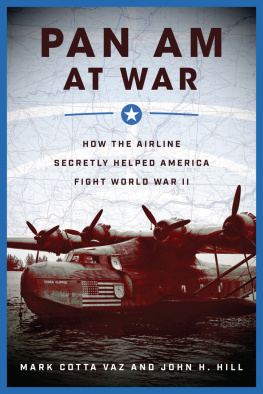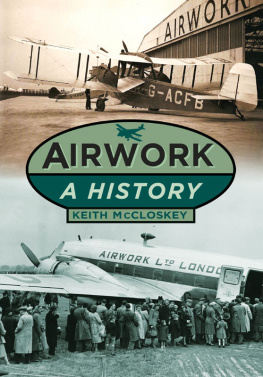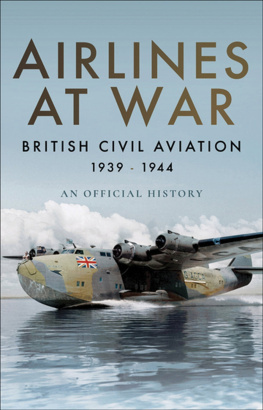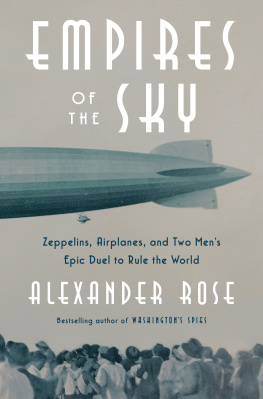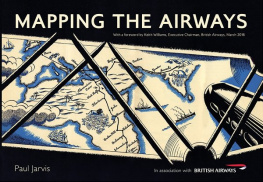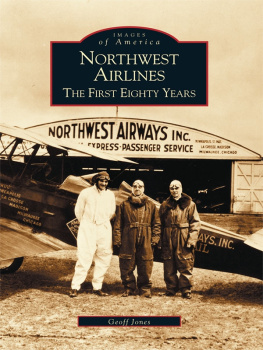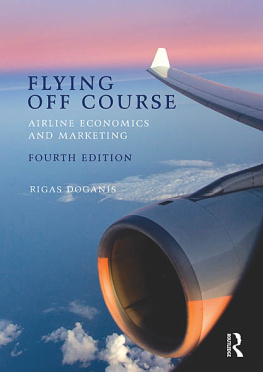
IMAGES
of America
PAN AMERICAN
WORLD AIRWAYS

The US Postal Service issued a series of classic American aircraft stamps in 1997. The postcard shows the stamp commemorating the Boeing 314 Clipper, which was described as the epitome of luxury for air travel in the 1930s. (Authors collection.)
ON THE FRONT COVER: Clockwise from top left:
Pan American 747 jumbo jet (Authors collection; see )
ON THE BACK COVER: From left to right:
Pan Am Air partner Omniflight helicopter services (Authors collection; see )
IMAGES
of Modern America
PAN AMERICAN
WORLD AIRWAYS
Laura J. Hoffman with retired
Pan Am captain Duyane A. Hoffman

Copyright 2015 by Laura J. Hoffman with retired Pan Am captain Duyane A. Hoffman
ISBN 978-1-4671-1360-1
Ebook ISBN 9781439650769
Published by Arcadia Publishing
Charleston, South Carolina
Library of Congress Control Number: 2014950332
For all general information, please contact Arcadia Publishing:
Telephone 843-853-2070
Fax 843-853-0044
E-mail
For customer service and orders:
Toll-Free 1-888-313-2665
Visit us on the Internet at www.arcadiapublishing.com
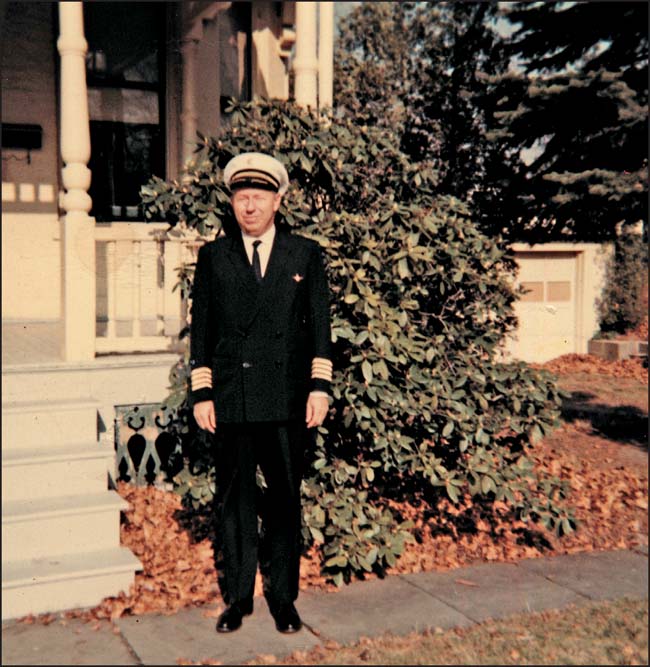
This 1965 photograph of Pan Am captain Duyane Dewey Hoffman was taken in Plainfield, New Jersey. (Authors collection.)
CONTENTS
ACKNOWLEDGMENTS
This book would not have been possible without the support of my family and friends. Special thanks go to Nancy Hoffman and Mike Galloway for their support throughout this project, and to Linda and John Duffy, thank you for your patience. I also wish to thank my editors at Arcadia Publishing, especially Julia Simpson.
All images in this book are from the authors collection.
INTRODUCTION
I was a teenager when my father retired from Pan American World Airways (also known as Pan Am). As such, I did not have a clue what a major accomplishment that was, and it is only nowas I work on this projectthat I begin to realize its significance. My mother, sister, and I were fortunate enough to accompany my father on his final tripflying to Rome and spending several days there.
At the time, I thought it was pretty cool. We got to hang out in the first-class lounge, on the second level of the Boeing 747 jumbo jet, and I thought that spiral staircase was neat. I also remember not caring for the caviar that was served (not that I had ever tasted it before that day). There is one thing I will never forget, though: On the return flight, as we approached JFK International Airport, the copilot announced that this would be my fathers final landing after 36 years of flying for Pan Am. After that one last, perfectly smooth landing, all of the passengers unbuckled their seat belts, stood up, and started clapping. Those passengers, complete strangers, showed their respect by giving my father a standing ovation. We were then ushered into the terminal, where Pan Am crew and staff staged a retirement party. It was 1978, and my father was 58 years old.
Oh, how the world has changed since then. Hijackers have become terrorists, and flying has become a nightmare. Few of us will ever have the chance to work for the same company for 36 years, and even fewer will be able to retireby choiceat age 58. There are no more spiral staircases leading up to the luxury lounges of Clipper jumbo jets. Champagne and caviar are no longer served to passengers as they travel to exotic locations. There is no more Pan Am.
The history of Pan Am is conveyed quite well through postcards, thanks to the large number of them that Pan Am Corporate Communications issued through the years. The time frame for the companys existence also correlates well with the era in which postcards were a popular form of communication.
Pan Am founder Juan Trippe was a true pioneer in commercial aviation, putting the company on the leading edge with his innovation and determination. Born in 1899 in New Jersey, Juan Trippe became fascinated with aviation at an early age, after his father took him to an air show and race in New York City. Trippe was attending Yale University when the United States became involved in World War I, and he joined the Navy and was trained as a flight aviator. He returned to Yale after the war, graduated in 1921, and went to work on Wall Street. Continually captivated by aviation, he was able to channel his business acumen to become a business owner in 1922, when he purchased some ex-Navy training airplanes and started his first airlineLong Island Airways. That first venture did not last, but in 1925, after the United States government passed the Air Mail Act, Trippe founded Colonial Air Transport with a group of investors. He used his influence to bid on, and win, the New York-to-Boston airmail route, but after disagreeing with his partners on the best way to secure other routes, Trippe parted ways with Colonial Air Transport. In 1927, he used this experience to become involved in the merging of several airlines, which became Pan American Airways (PAA) and later Pan American World Airways. He successfully secured the first international airmail route from Key West, Florida, to Havana, Cuba, and on October 28, 1927, he put Pan Am on the map for the first time.
Juan Trippe first met Charles Lindbergh in 1926 at Teterboro Airfield in New Jerseythe year before Lindbergh made his legendary first-ever solo flight across the Atlantic Ocean on May 21, 1927. After Lindbergh became an international hero, Juan Trippe hired him to work for Pan Am in a technical consulting capacityone of many forward-thinking decisions that elevated Pan Ams reputation as an elite airline.
In the mid-1920s, my father was growing up in New Jersey and liked to watch the airmail pilots fly overhead. In those days, airmail was delivered by the US Army, who navigated from town to town by following the railroad tracks. He told his grandmother that, someday, he wanted to fly airplanes. Less than two decades later, when the United States became involved in World War II, a critical need arose for more trained pilots, and my father got the chance to live his dream. In 1942, he was hired by Pan Am Air Ferries (a division of PAA), to transport aircraft overseas to support the war effort.
During his career, my father met Juan Trippe twice. The first time was in 1942, when he volunteered for a flight with a pilot who turned out to be Al UeltschiJuan Trippes personal pilot. They flew from New York to Washington, DC, to pick up Trippe and return to New York. The second time was on June 28, 1959, when Trippe and his wife, Betty, were his passengersreturning home from a Bermuda vacation aboard a Pan Am DC-6 that my father was captaining.
Pan American Airways became Pan American World Airways in 1947. They were the first commercial airline to cross the Atlantic and the Pacific, the first to fly jetsand then jumbo jetsinternationally, and the first to use computerized reservation systems. Pan Am was the exclusive airline of choice for people all around the globe, including Winston Churchill, the Beatles, and even Ian Flemings superspy, James Bond. Juan Trippe was quoted as saying, In the field of air transport, the true objective is to bring the life of an average man those things which once were the privilege of only a fortunate few. His pioneering spirit did that and much more. He retired from Pan Am in 1968 and died in 1981, but the world of commercial air travel evolved so quickly thanks to Juan Trippe and his legacy.
Next page

